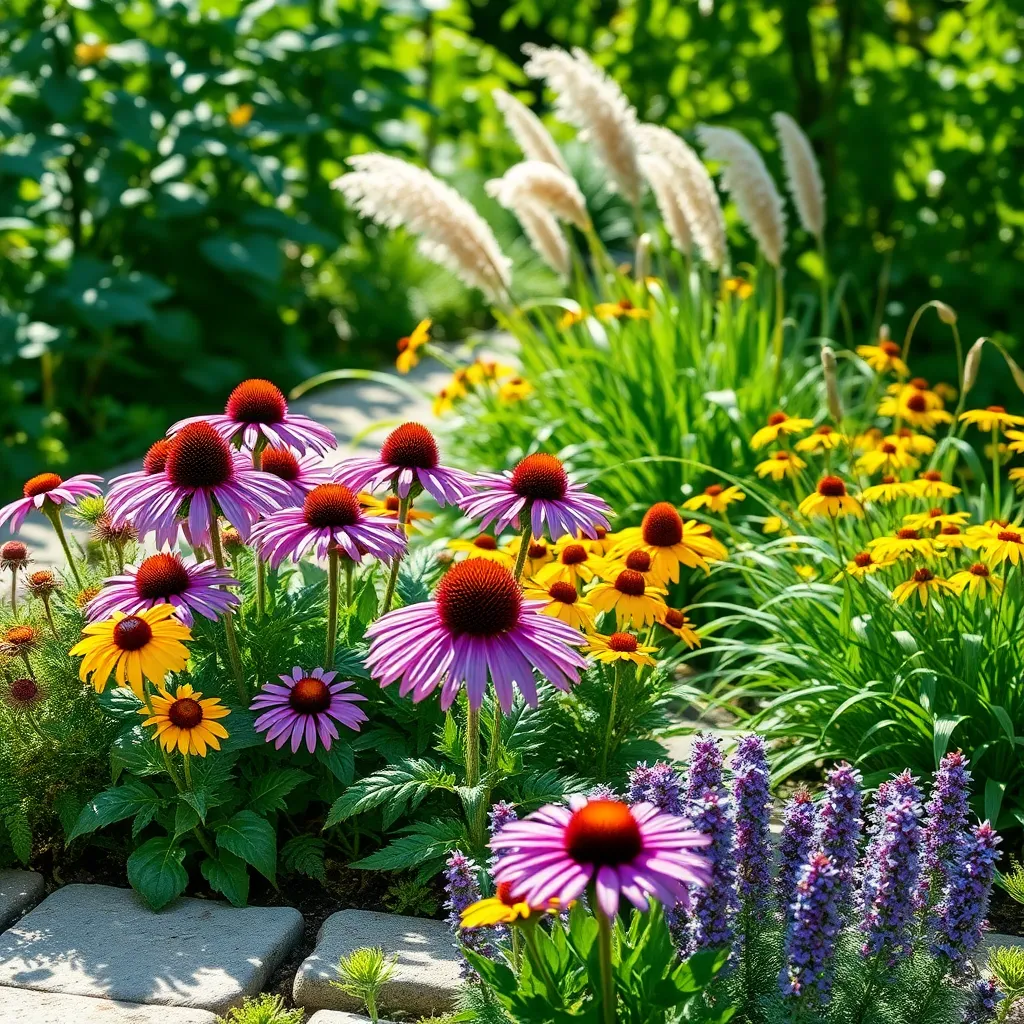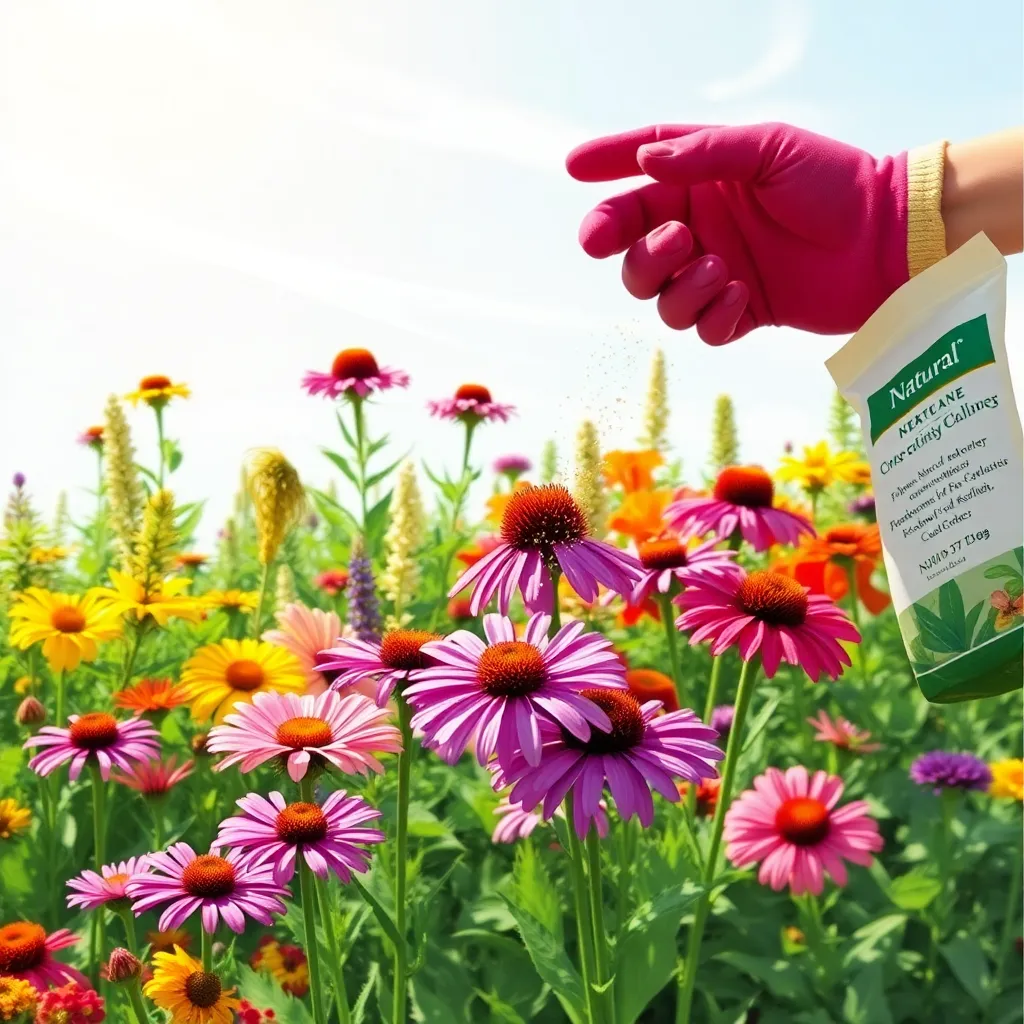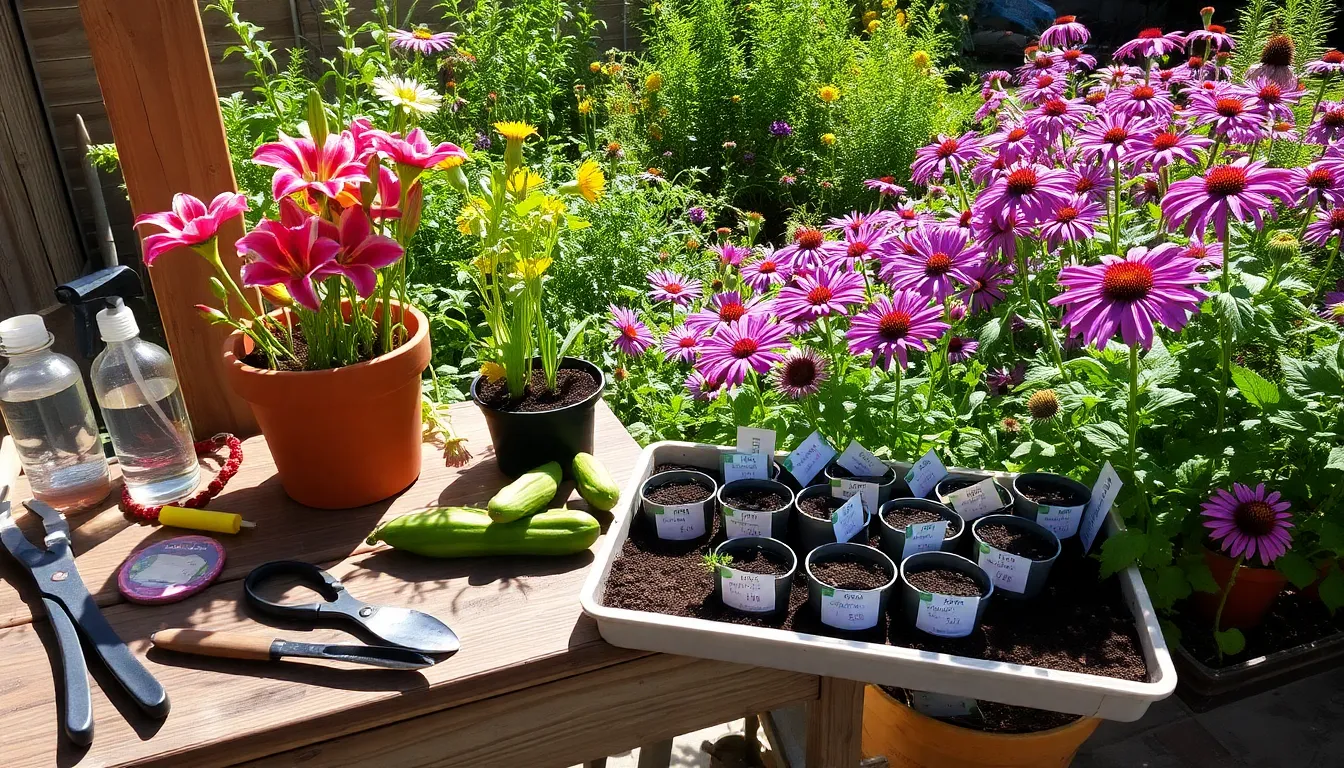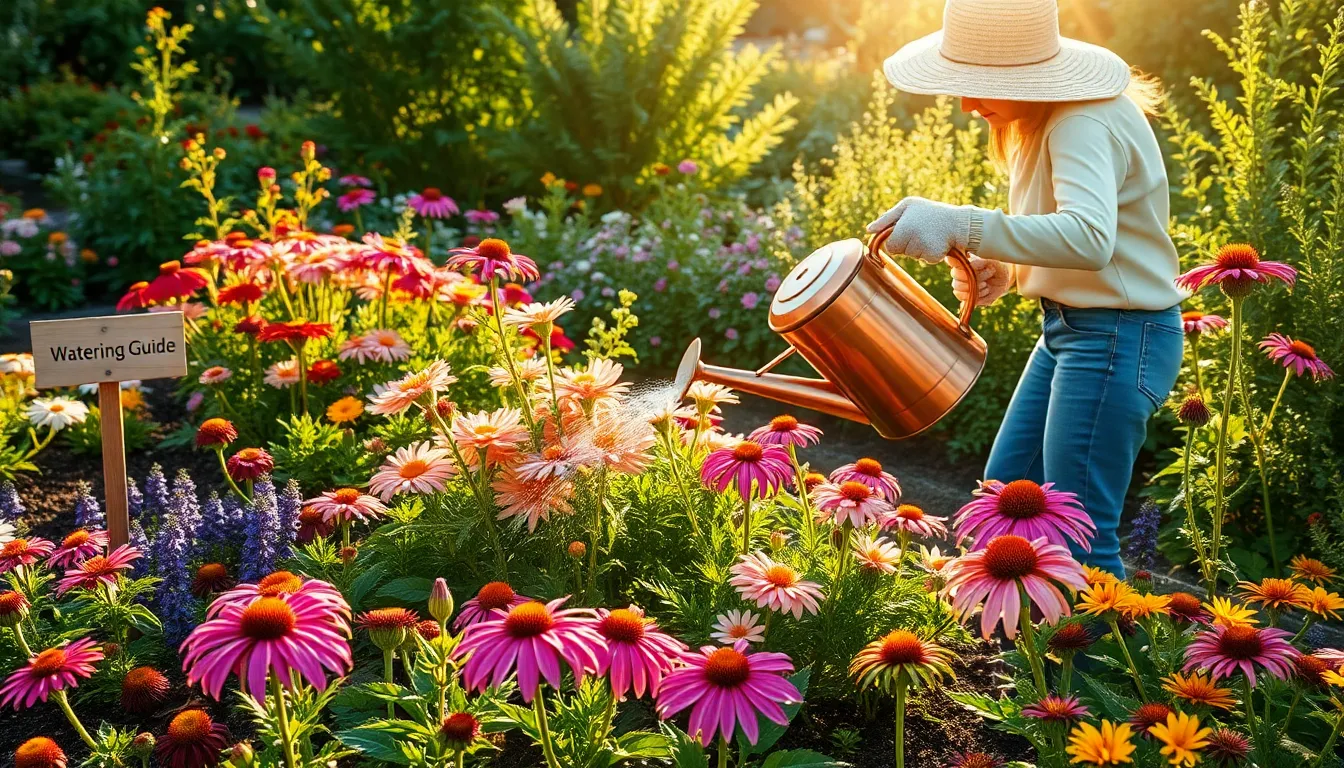In the world of gardening, perennials often emerge as the unsung heroes, quietly establishing themselves year after year with minimal fuss. For both seasoned green thumbs and those just beginning their gardening journey, the allure of perennials is hard to resist—not only for their enduring beauty but also for their surprising benefits. By the time you finish exploring the five unexpected perks of growing these steadfast plants, you might find yourself eager to make them a cornerstone of your garden.
Whether you’re nurturing your first flower bed or curating a well-established landscape, understanding the unique advantages of perennials can transform your gardening experience. These resilient plants offer more than just visual delight; they contribute to a thriving garden ecosystem in ways that might surprise you. In this article, we’ll delve into the reasons why perennials are more than just a pretty face, providing you with insights that can elevate your garden from ordinary to extraordinary.
Dive into the world of perennials, where every season brings fresh growth and new opportunities. As we uncover the lesser-known benefits, you’ll discover how these plants can save you time, enrich your soil, and attract beneficial wildlife to your garden. So gather your gardening gloves and a cup of tea, and let’s embark on a journey to unlock the hidden potential of perennials—your garden will thank you for it.
Low Maintenance, High Reward

Perennials are the epitome of low-maintenance gardening, offering beauty and resilience year after year with minimal effort. Once established, these plants require less watering compared to annuals, as their deep-root systems efficiently seek out moisture.
To ensure success with perennials, begin by selecting the right plants for your climate and soil. Consider hardy varieties like daylilies or hostas, which thrive in a range of conditions and are known for their adaptability.
Amend your soil with organic matter such as compost to improve drainage and nutrient retention. This simple step enhances the soil structure and provides a rich medium that supports healthy perennial growth over time.
For effective weed control, apply a layer of mulch around your perennials to suppress weeds and retain soil moisture. Not only does this reduce maintenance, but it also helps maintain optimal growing conditions for your plants.
Year-Round Garden Beauty

Achieving year-round garden beauty with perennials is not just a dream but an attainable goal for every gardener. By carefully selecting a variety of perennials that bloom at different times of the year, you can ensure continuous color and interest in your garden.
Start by choosing early bloomers like hellebores and crocuses to kick off the gardening season in late winter and early spring. These plants are hardy and can thrive in loamy, well-drained soil with partial shade, making them ideal for most garden settings.
As spring transitions to summer, incorporate vibrant perennials such as daylilies and coneflowers. These sun-loving plants require at least six hours of direct sunlight and moderate watering, which makes them perfect for southern-facing garden beds.
To extend interest into fall, consider planting asters and sedums, which are known for their late-season blooms. Ensure these plants are situated in well-drained soil and provide occasional deep watering to maintain their health and vigor as temperatures drop.
Even in winter, some perennials like ornamental grasses and evergreen varieties can offer structure and texture. Use mulch around their bases to protect roots from frost, and prune any dead foliage to keep your garden tidy.
Boosting Biodiversity Naturally

Perennials play a crucial role in boosting biodiversity naturally in your garden. Their deep root systems help create a thriving habitat for a wide variety of microorganisms and soil fauna, essential for a balanced ecosystem.
When you choose native perennials, you support local wildlife, including birds, bees, and butterflies. These plants typically require less maintenance, as they are well-adapted to regional climate and soil conditions, making them an excellent choice for gardeners of all skill levels.
Establishing a mix of flowering perennials ensures continuous blooms, providing a steady food source for pollinators throughout the growing season. Consider incorporating a range of species that bloom at different times to maintain this critical support all year round.
For gardeners looking to enhance biodiversity, companion planting with perennials can be highly effective. Pairing plants such as lavender with vegetables can attract beneficial insects that naturally manage pests, reducing the need for chemical interventions.
Cost-Effective Plant Investment

Investing in perennials is a cost-effective strategy for any gardener, as these plants return year after year with minimal effort. By choosing perennials that thrive in your local climate, you can save money on annual replanting and reduce your gardening workload significantly.
To maximize your investment, consider planting native perennials that are well-suited to your area’s soil and weather conditions. Native plants generally require less water and fertilizer, making them both economical and environmentally friendly.
Beginner gardeners will find perennials forgiving, as they are often more resilient to pests and diseases compared to annuals. For those with more experience, experimenting with different varieties can lead to a dynamic garden that evolves beautifully with each season.
Ensuring proper soil preparation is key to a successful perennial garden. Incorporate organic matter such as compost to improve drainage and nutrient availability, which supports healthy root development and vigorous growth.
Watering needs vary, but most perennials benefit from deep, infrequent watering to encourage strong root systems. Mulching around plants can help retain moisture and suppress weeds, further reducing maintenance efforts and costs.
Environmental Impact and Sustainability

Planting perennials can significantly reduce your garden’s environmental footprint, as they require less frequent replacement compared to annuals. This means fewer resources are needed for growing, transporting, and planting, making them a more sustainable choice for eco-conscious gardeners.
Perennials improve soil health by minimizing soil disturbance, which helps in maintaining a healthy ecosystem underground. Their deep root systems also enhance soil structure and promote water retention, reducing the need for frequent watering and irrigation.
To maximize the environmental benefits, choose native perennials that are well-suited to your local climate and soil conditions. Native plants are more likely to thrive without the need for chemical fertilizers or pesticides, further reducing your garden’s ecological impact.
Consider using organic mulch around your perennials to conserve moisture and suppress weeds, which can decrease the need for chemical herbicides. Mulching not only benefits plant health but also contributes to a thriving habitat for beneficial insects and microorganisms.
For those looking to take sustainability a step further, practice companion planting by pairing perennials with plants that naturally deter pests or enhance growth. This technique can create a balanced ecosystem in your garden, reducing reliance on artificial interventions and promoting biodiversity.
Conclusion: Growing Success with These Plants
In exploring the ‘5 Unexpected Benefits of Growing Perennials,’ we’ve unearthed valuable insights that parallel the nurturing of thriving relationships. First, like perennials, relationships require patience and time to truly flourish. Second, the stability they provide is akin to the steadfast presence of perennial plants, offering a steadfast foundation. Third, just as perennials adapt to changing seasons, flexibility and adaptability are essential for enduring bonds. Fourth, the vibrant variety of perennials reminds us of the richness that diversity brings to our interactions. Finally, the perennial cycle of renewal symbolizes the refreshing impact of continuous growth and learning within our connections.
To cultivate these principles in your relationships, start by practicing active listening with a loved one today, and notice the difference it makes. Remember, small, consistent efforts lead to lasting change. Save or bookmark this article as a handy reference to revisit these empowering concepts whenever you need a boost.
Looking ahead, envision the success that awaits your relationships as you apply these nurturing principles. With dedication and care, you have the power to transform your connections into flourishing gardens of love and understanding.





